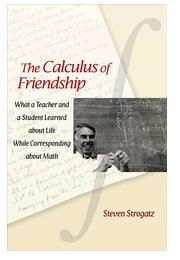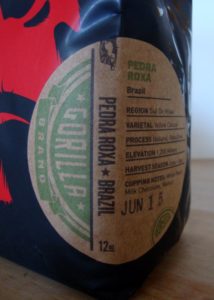 One classroom activity I struggle to make time for is reading. As an activity that can be done on one’s own, I generally feel that reading is not an especially productive use of class time. That being said, I do try to make space for it on occasion: it’s a nice change-up from routine, good material can make for a good discussion, and students of all ages seem to enjoy being read to, by teachers or by peers.
One classroom activity I struggle to make time for is reading. As an activity that can be done on one’s own, I generally feel that reading is not an especially productive use of class time. That being said, I do try to make space for it on occasion: it’s a nice change-up from routine, good material can make for a good discussion, and students of all ages seem to enjoy being read to, by teachers or by peers.
Finding appropriate reading material for a math class can be difficult, but Steven Strogatz’s excellent book, “The Calculus of Friendship,” was a great fit for my calculus class. The book is part memoir, part homage, and part introduction to advanced calculus. As such, it offers a readable balance of engaging narrative and challenging mathematics.
As a class, we enjoyed reading together about Strogatz’s mathematical journeys as told through personal narrative, letters to and from his former teacher, and the presentation of some particularly interesting math problems. We also enjoyed working through some of the more advanced mathematical material presented in the book, like Fourier Series and differential equations.
It was time well-spent with my senior class. While giving them a little taste of what might lie ahead, it also prompted some reflection on where they had been, and it all happened in the framework of some great mathematics.
And who knows: now that the idea is planted, maybe I’ll become involved in a fruitful mathematical correspondence with one of my students someday!





